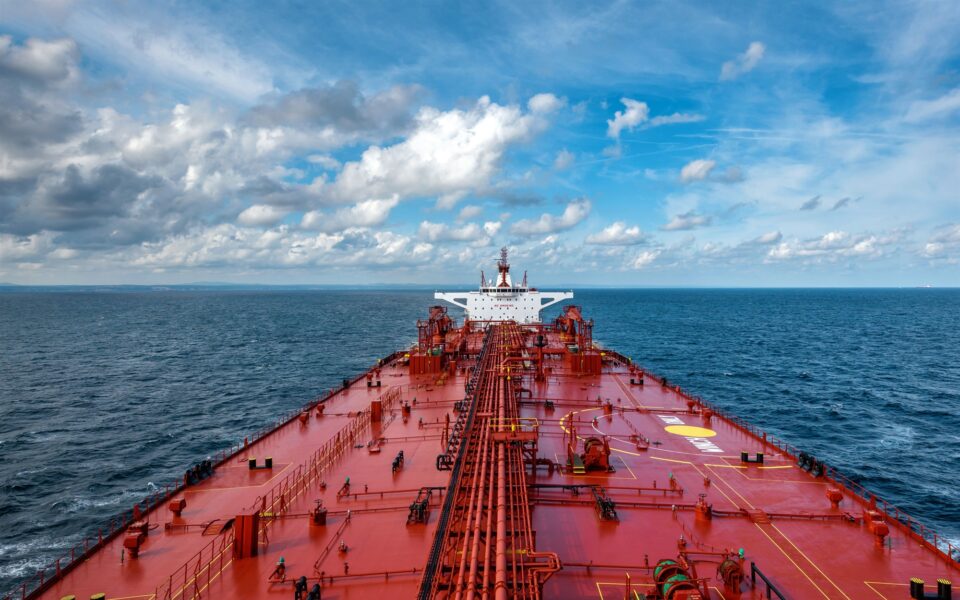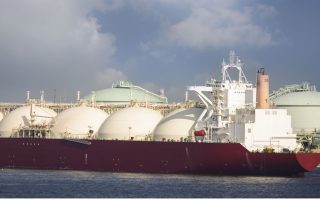Russian oil and products trapped on tankers hit by new Iran-related sanctions

Russian oil and products have become trapped at sea on four tankers after the United States hit the vessels with fresh Iran-related sanctions, LSEG data showed on Friday.
The development shows how Moscow and Tehran have boosted cooperation in the face of rising Western sanctions and how the West is trying to untangle a complex web of firms to reduce the loopholes and revenue to both countries.
On April 4 the US imposed new Iran-related sanctions against a shipping firm Oceanlink Maritime DMCC and its vessels, citing its role in shipping commodities on behalf of the Iranian military.
The US is using financial sanctions to isolate Iran and disrupt its ability to fund its proxy groups and support Russia’s war in Ukraine, the Treasury Department said.
The list of vessels under sanctions includes three fuel tankers, which loaded oil products in February-March and a crude oil tanker that loaded Russian oil early in April.
A very large crude carrier (VLCC) Anthea loaded some 200,000 metric tons of Russian Urals crude off the Laconian Gulf near Greece through separate ship to ship transfers (STS) with two vessels late in March and is currently anchored in the Suez Canal with oil onboard, LSEG data showed.
The vessel has remained at anchor in the Suez Canal since early April, according to LSEG data.
Another vessel under sanctions – Elsa – took fuel oil on board in March via a ship-to-ship transfer near the Greek port of Kalamata, LSEG data shows. The fuel oil, some 100,000 metric tons, was supplied to Kalamata from Russia’s St. Petersburg and Ust-Luga ports in March, according to the data.
Claire Jungman, chief of staff at US advocacy group United Against Nuclear Iran, which tracks Iran-related tanker traffic via satellite data confirmed movements of both vessels, adding that since 2021 Elsa has transported over 9 million barrels of Iranian crude or fuel oil to the UAE, Singapore and China.
Elsa has been at anchor off Singapore since early April, according to LSEG data.
The other vessel, Hebe, was loaded with the 100,000 tons of fuel oil at the Russian Baltic ports St Petersburg and Ust-Luga. The tanker is heading towards the Suez Canal, but the final destination is unclear yet.
The vessel Baxter loaded with naphtha at the Black Sea port of Novorossiysk was destined for India, according to LSEG data. The tanker has been drifting in the Arabian Sea since April 5, shipping data shows.
“The recent actions against ships tied to Iran’s military spotlight a serious shift: some of these ships, previously involved in dodging sanctions for Iran, have started dealings with Russia,” Jungman said.
“These ships face major hurdles because of secondary sanctions. Ports worldwide are likely to deny them entry to avoid the repercussions of breaking these sanctions themselves,” Jungman added.
Russian oil suppliers are unlikely to use these vessels or any provided by the shipping firm under sanctions now potentially tightening the already thin tonnage involved in Russian oil trades, a source in Russian oil market said.
Reuters was not able to contact Oceanlink Maritime DMCC. [Reuters]





